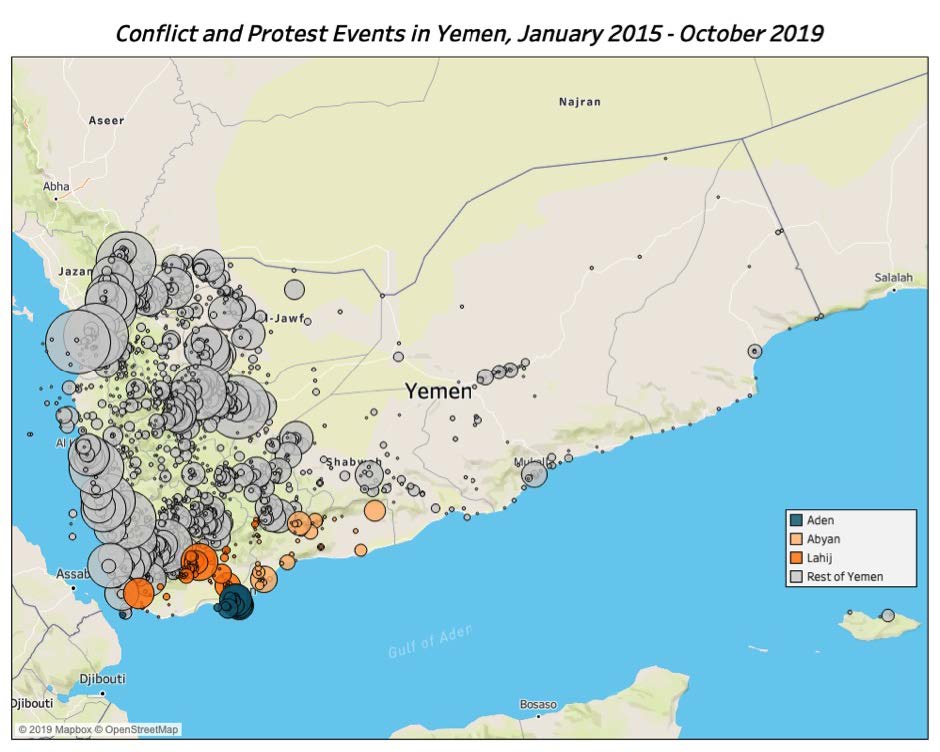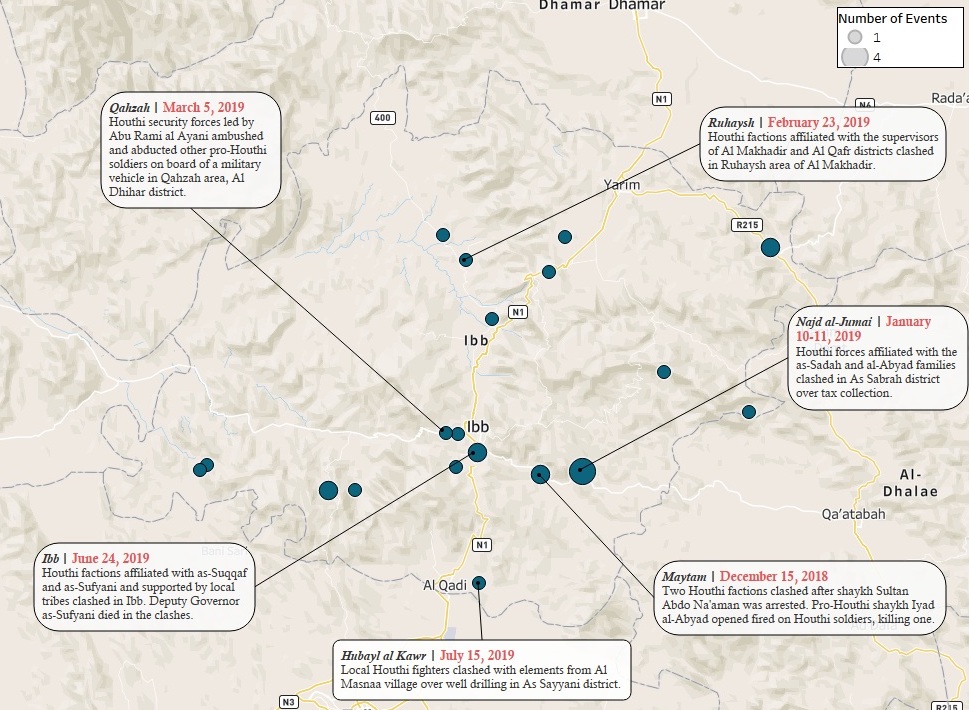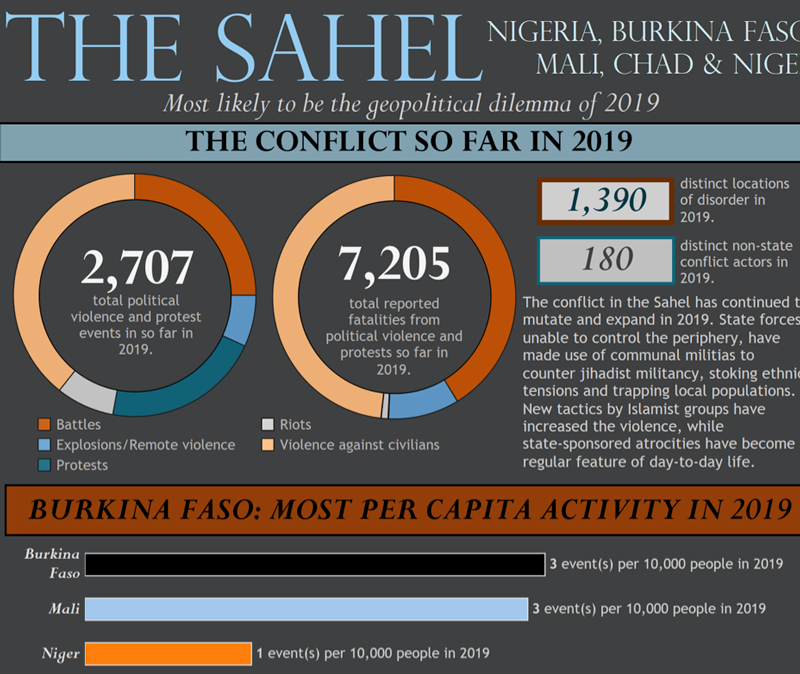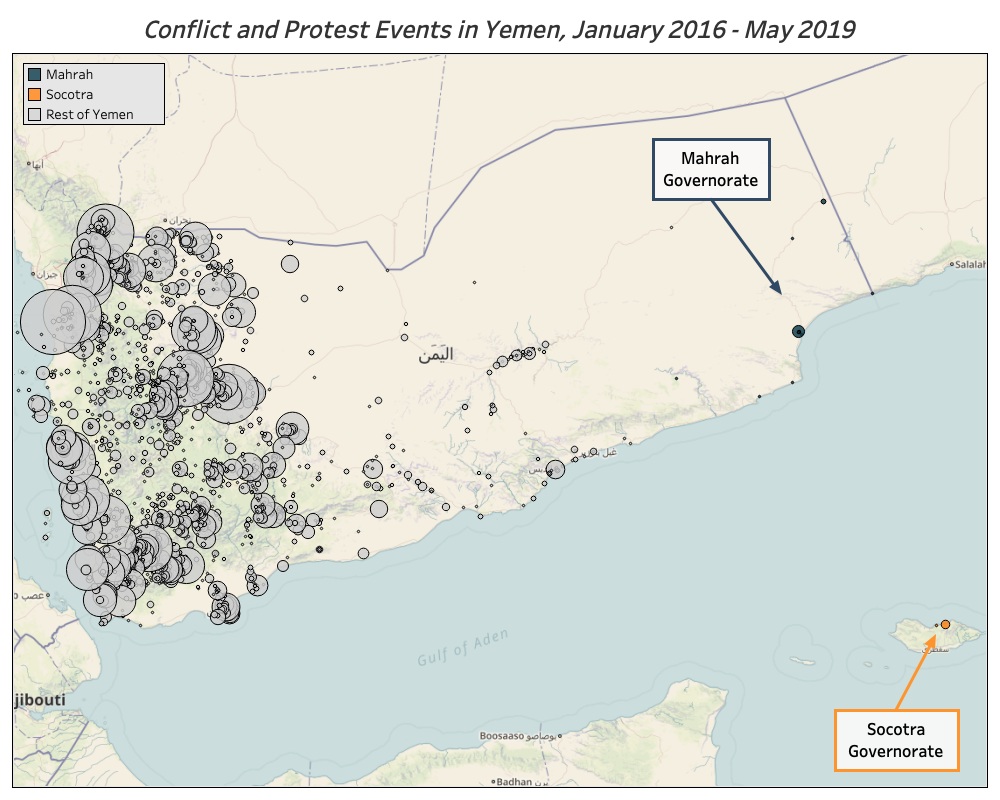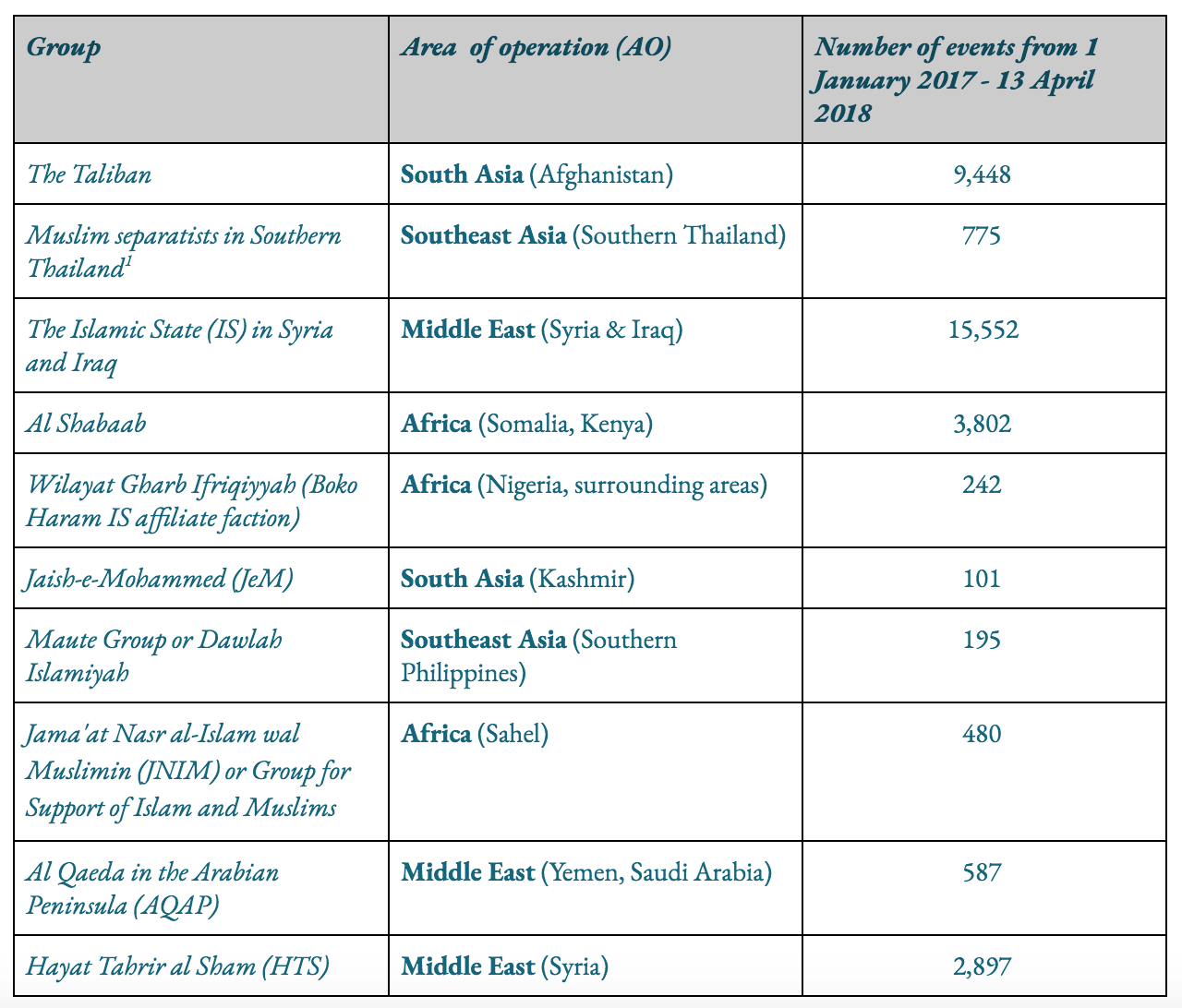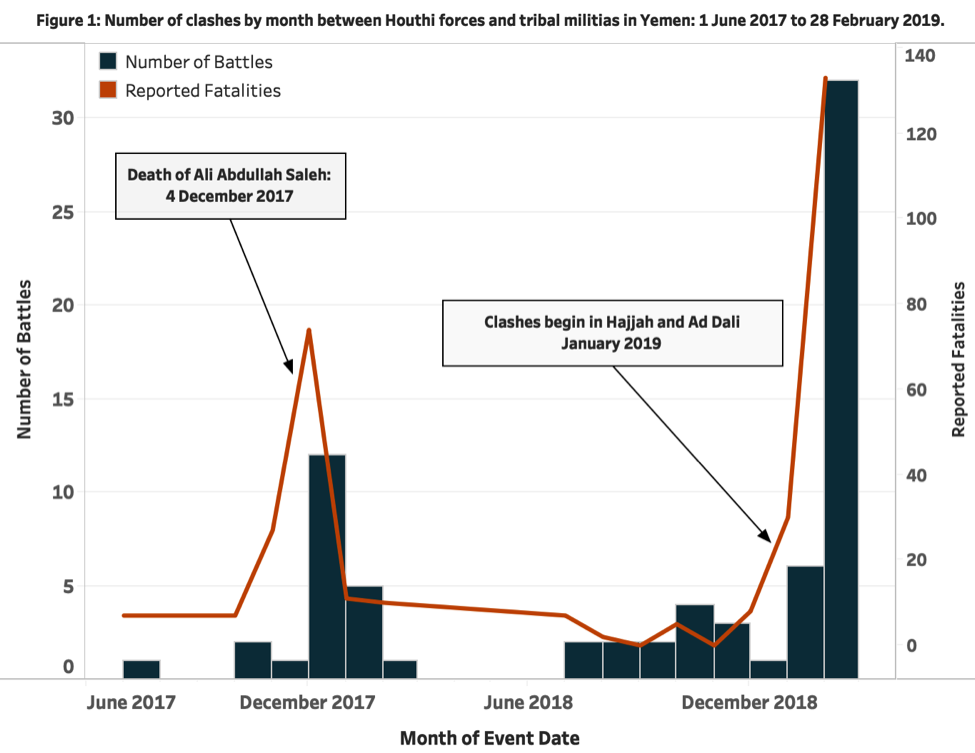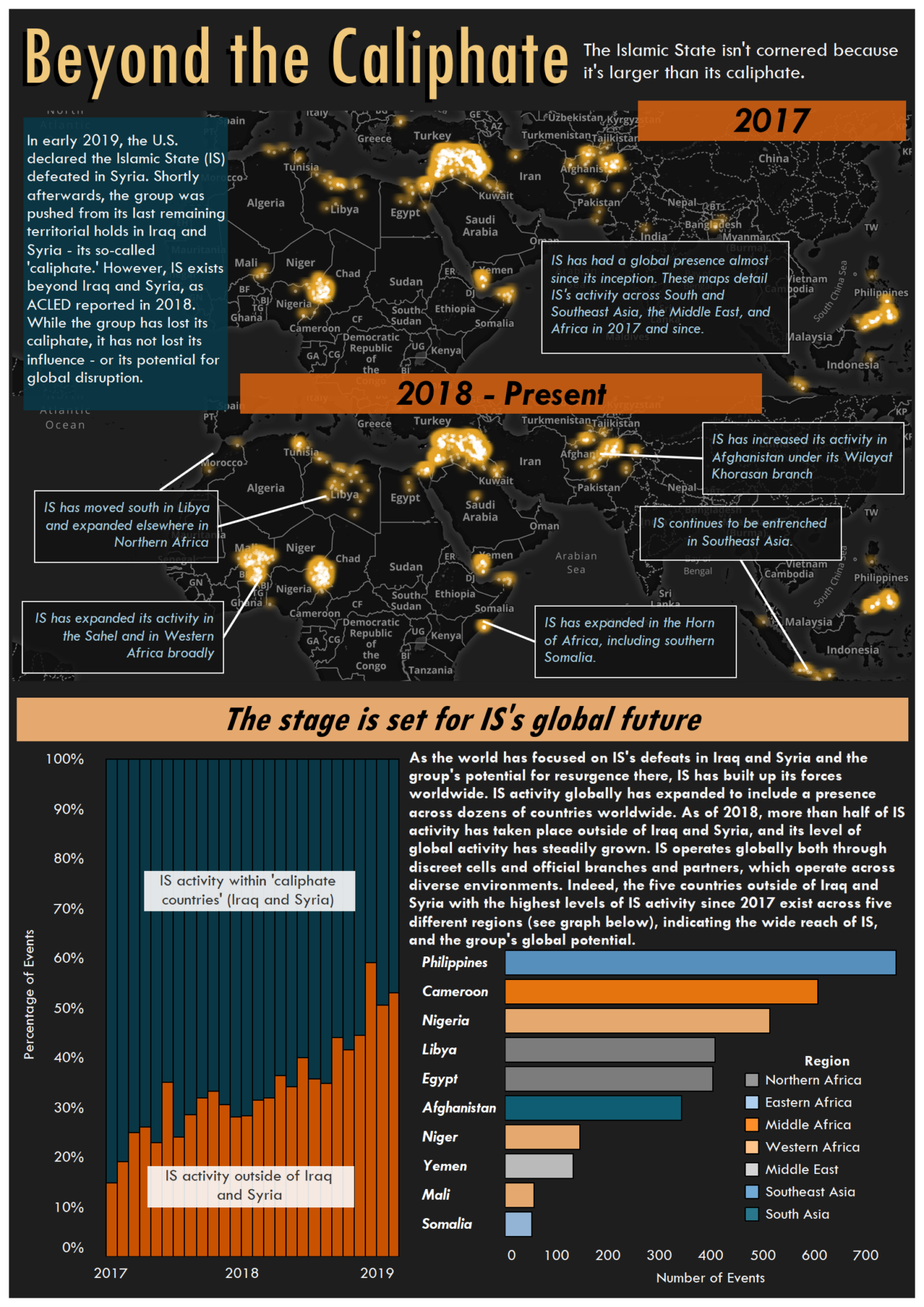Yemen’s Fractured South: Aden, Abyan, and Lahij
18 December 2019
In Yemen, more than five years of conflict have contributed to an extreme fragmentation of central power and authority and have eroded local political orders. Local structures of authority have emerged, along with a plethora of para-state agents and militias at the behest of local elites and international patrons. According to the UN Panel of…
Read MoreInside Ibb: A Hotbed of Infighting in Houthi-Controlled Yemen
3 October 2019
Renewed attention on southern Yemen has largely obscured recent political developments in the north of the country, where over the past year the Houthis have faced scattered, yet increasing opposition to their pervasive rule. This localized dissent generated a sequence of violent incidents and a spike in infighting, which is at its highest levels since…
Read MoreMid-Year Update: 10 Conflicts to Worry About in 2019
2 August 2019
In our special report on 10 conflicts to worry about in 2019, ACLED assessed the state of political violence and protest across critical flashpoints in Africa, Asia, and the Middle East, providing both an overview of 2018’s developments and a preview of what to watch for in the new year. Our Mid-Year Update revisits these…
Read MoreYemen Snapshots: 2015-2019
18 June 2019
With the inclusion of data covering Yemen and Saudi Arabia from 2015 into the ACLED dataset, ACLED is now able to track the escalation of the conflict since the start of the Saudi-led coalition intervention in March 2015. What is important to bear in mind, however, is that the conflict already started several months earlier,…
Read MoreYemen’s Fractured South: Socotra and Mahrah
31 May 2019
In Yemen, nearly five years of conflict have contributed to an extreme fragmentation of central power and authority and have often eroded local political orders. Local structures of authority have emerged, along with a plethora of para-state agents and militias at the behest of local elites and international patrons. According to the UN Panel of…
Read MoreYemen’s Fractured South: Shabwah and Hadramawt
9 May 2019
In Yemen, nearly five years of conflict have contributed to an extreme fragmentation of central power and authority and have often eroded local political orders. Local structures of authority have emerged, along with a plethora of para-state agents and militias at the behest of local elites and international patrons. According to the UN Panel of…
Read MoreEndgames & Affiliations: Explaining Differing Patterns of Behavior Between Islamist Groups
19 April 2019
Islamist groups have been deemed one of the most significant threats to international security in the 21st century, and current conflicts include peak levels of political violence involving Islamist actors (New York Times, 6 July 2018). Islamism can imply a variety of qualities – most commonly, the term implies that the group in question aims…
Read MoreExplosions/Remote Violence in War
22 March 2019
ACLED classifies Explosions/Remote violence events as asymmetric violent events aimed at creating asymmetrical conflict dynamics by preventing the target from responding. A variety of tactics are considered Explosions/Remote violence including bombs, grenades, improvised explosive devices (IEDs), artillery fire or shelling, missile attacks, heavy machine gun fire, air or drone strikes, chemical weapons, and suicide bombings.…
Read MoreIncreasing Tribal Resistance to Houthi Rule
7 March 2019
Throughout the Yemen conflict, tribal organizations have played a major role in both supporting and resisting Houthi rule. Although not a tribal organization themselves, Houthi leaders are intimately familiar with Yemen’s tribal systems and have managed to win over many tribal allies, mostly utilizing the networks of former president Ali Abdullah Saleh. Other tribal organizations…
Read MoreBeyond the Caliphate: The Islamic State’s Global Future
27 February 2019
ACLED Research Analyst Melissa Pavlik tracks Islamic State activity outside of its former “caliphate” in Iraq and Syria, evaluating the militant group’s continued potential for global disruption.* ________ *Correction: This infographic previously included activity where the specific faction of Boko Haram involved in the event (Barnawi or Shekau faction) was unknown based on reporting. As…
Read More

